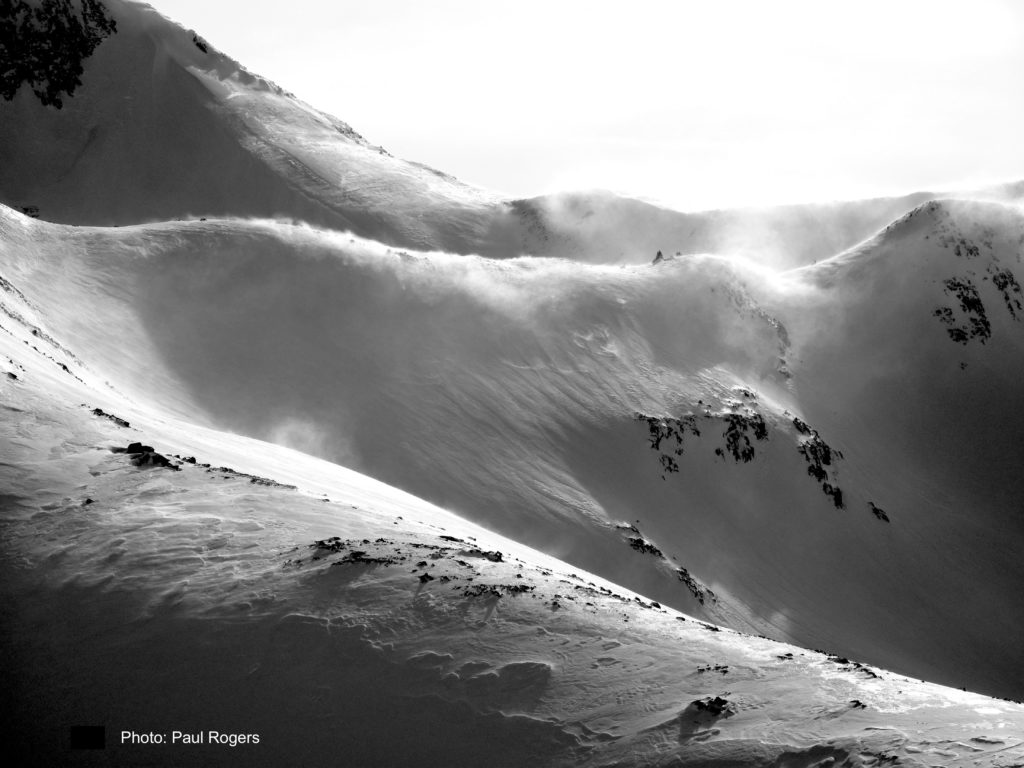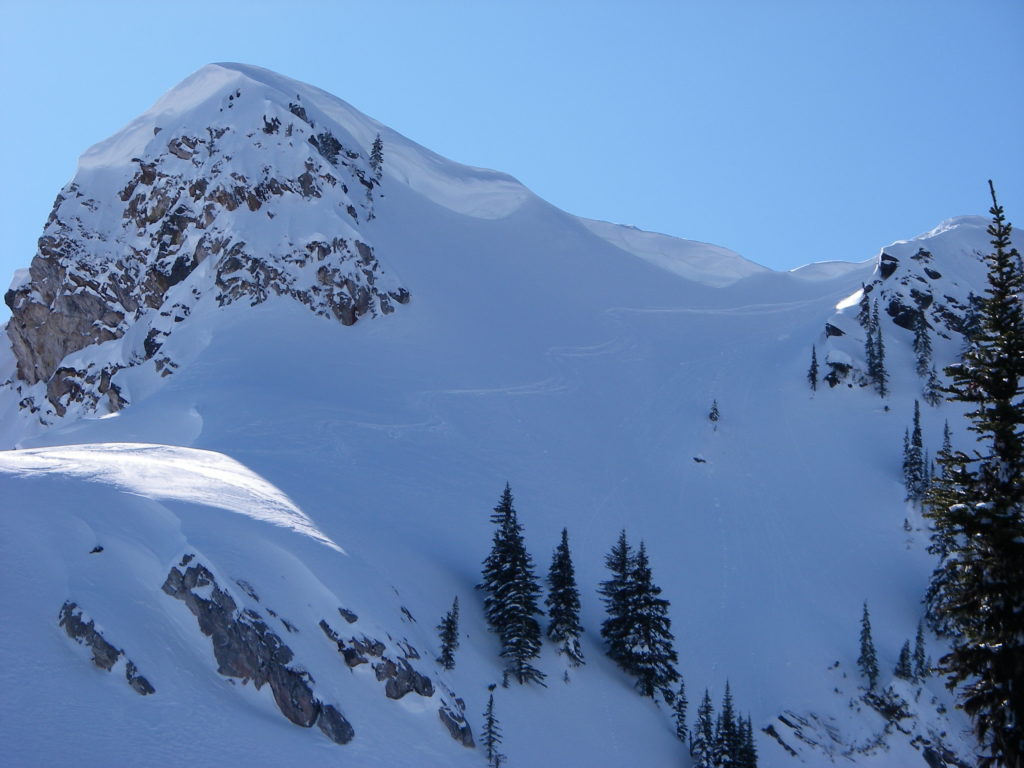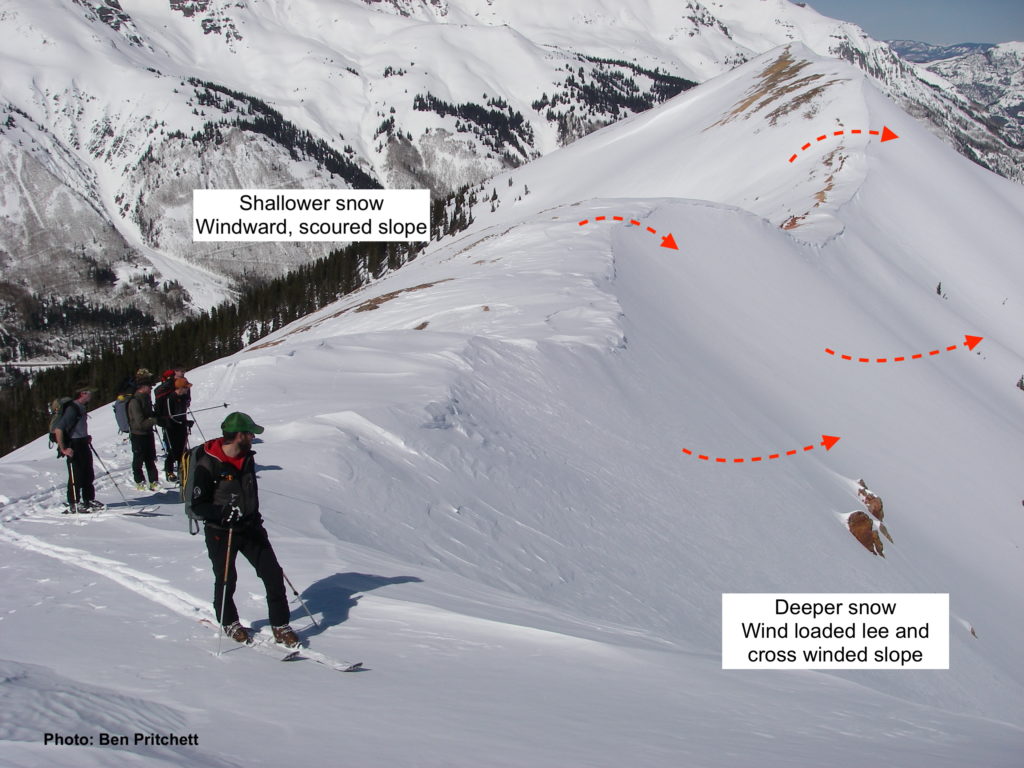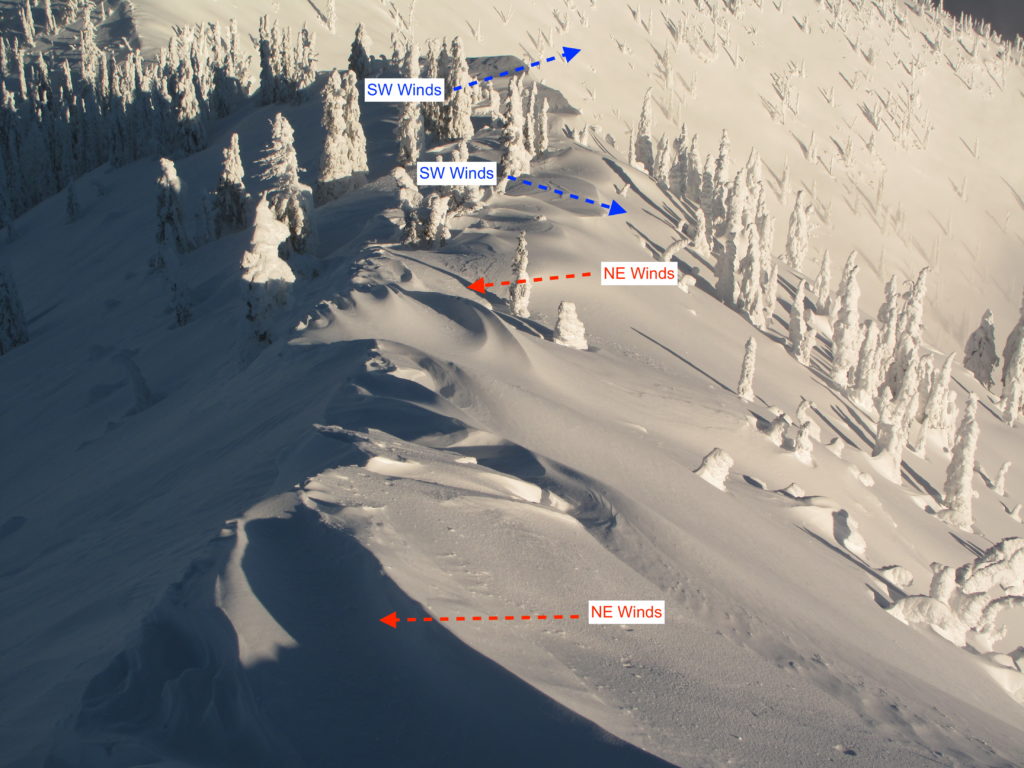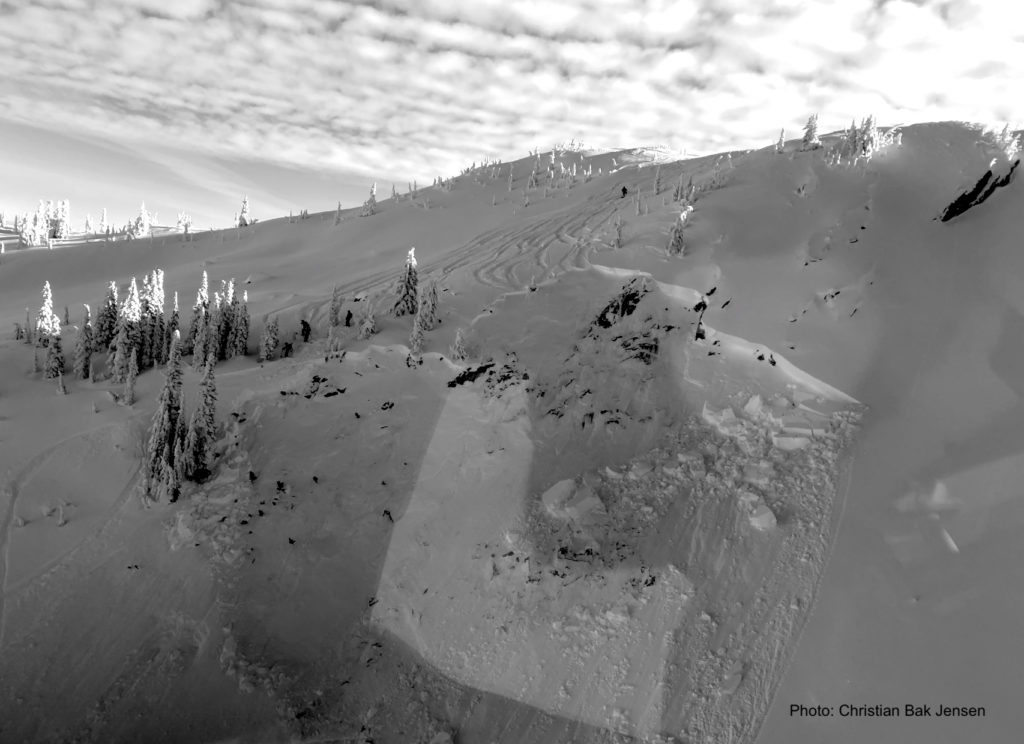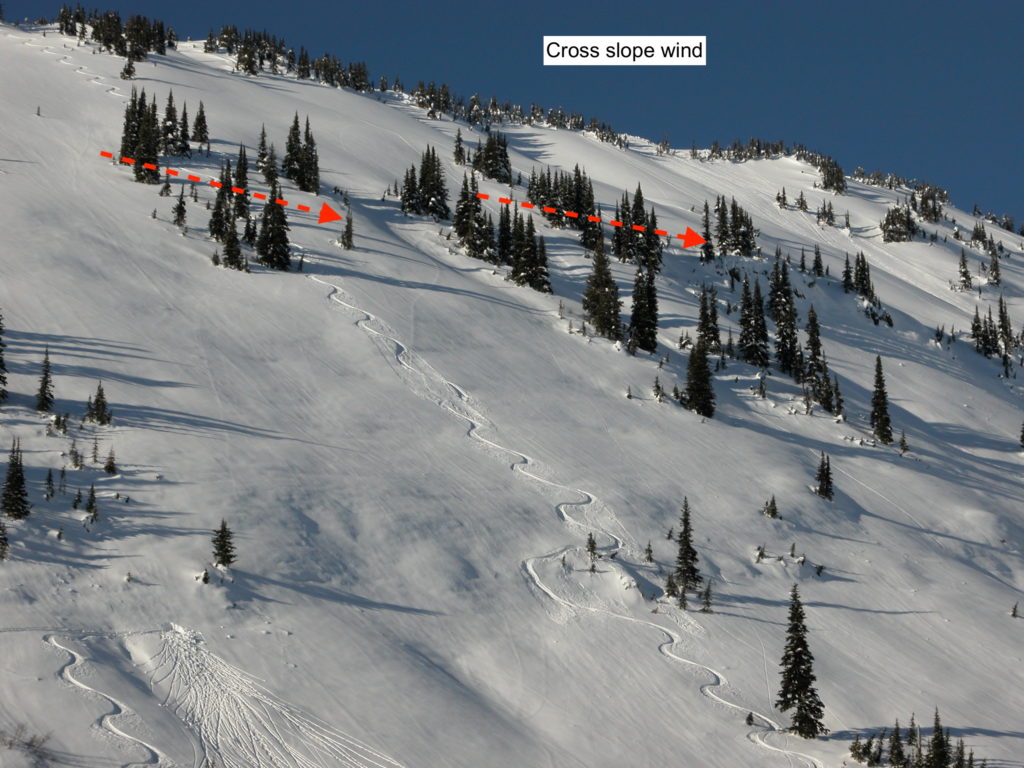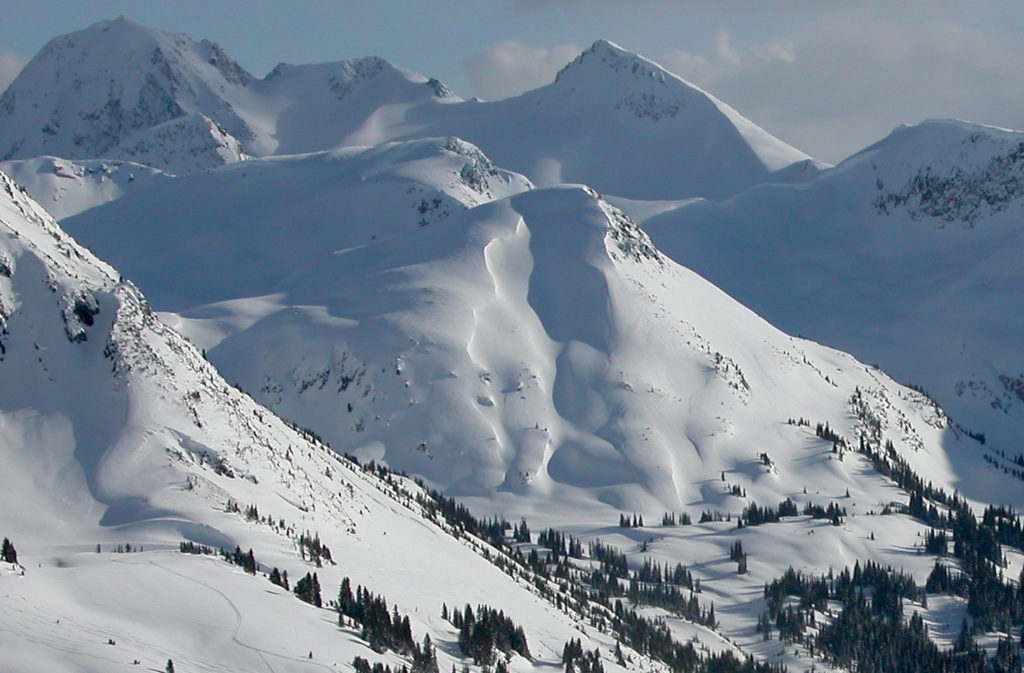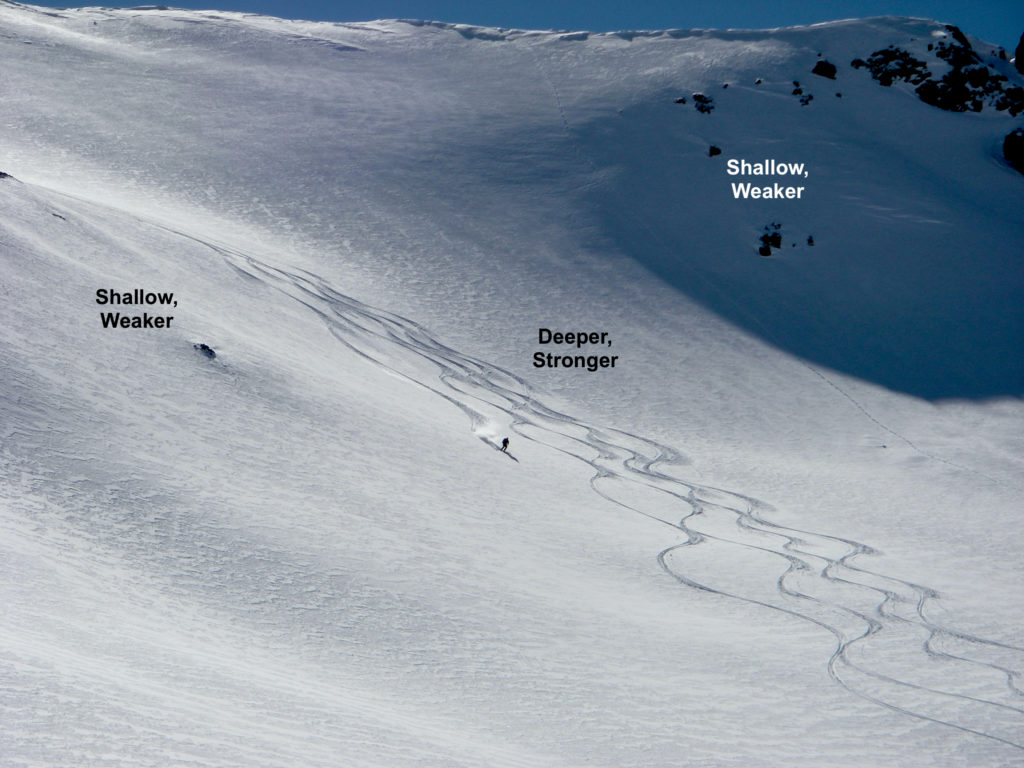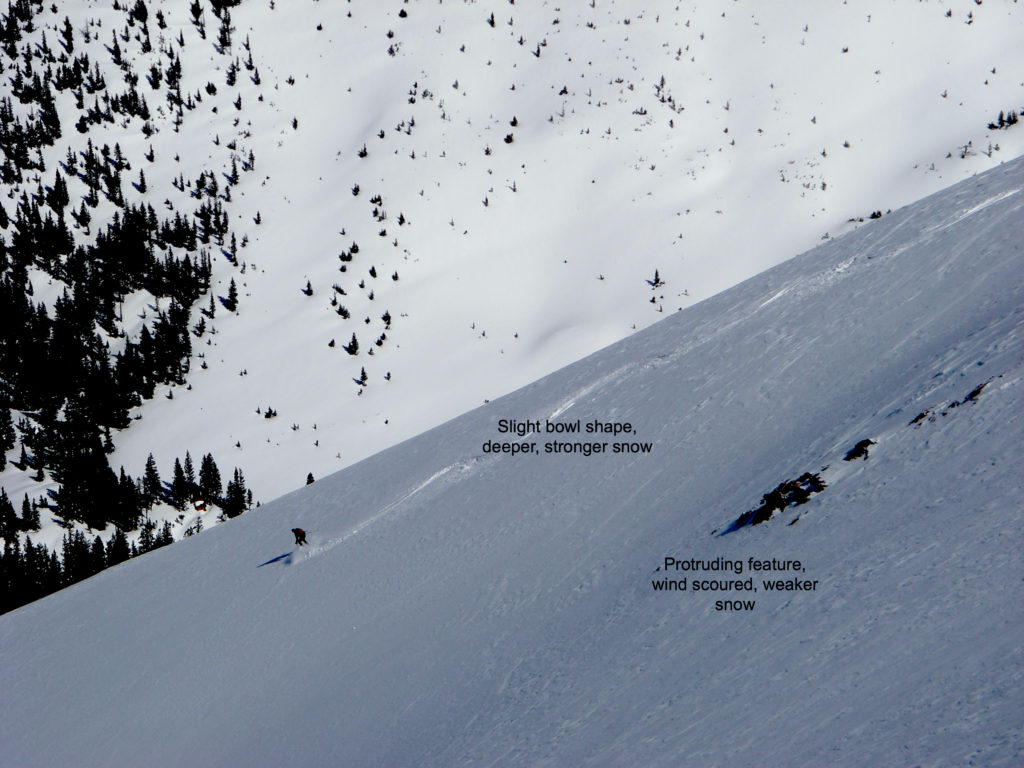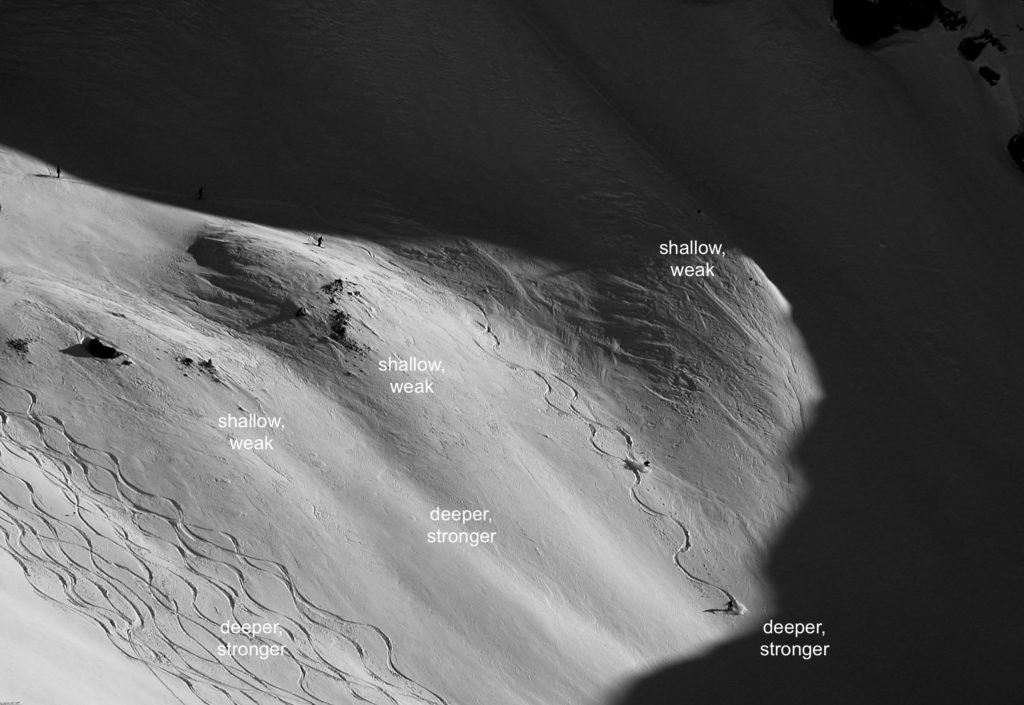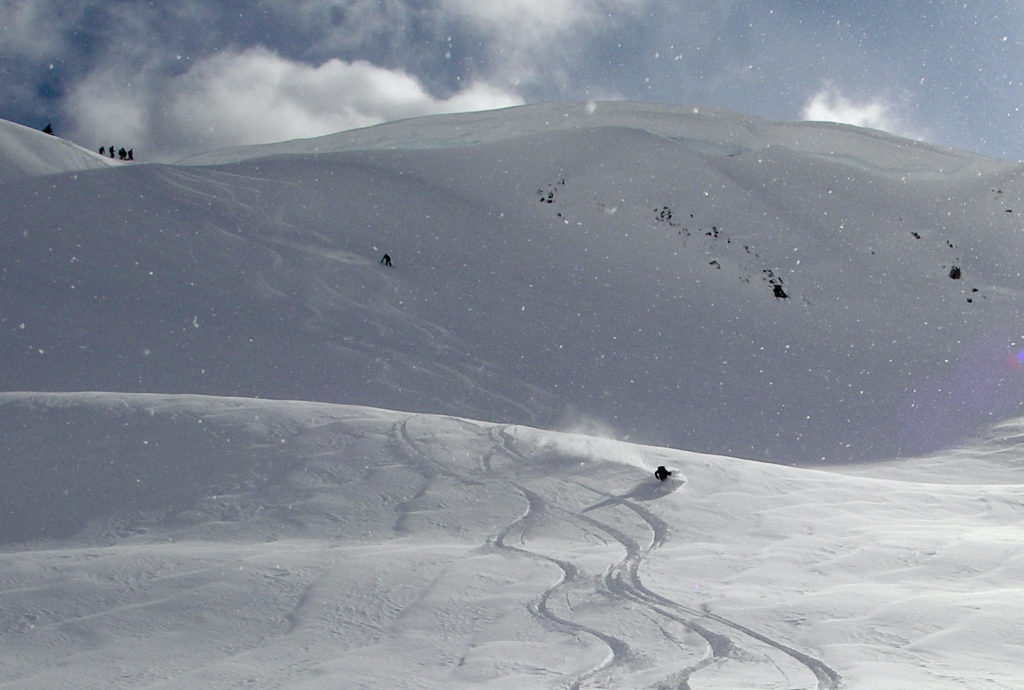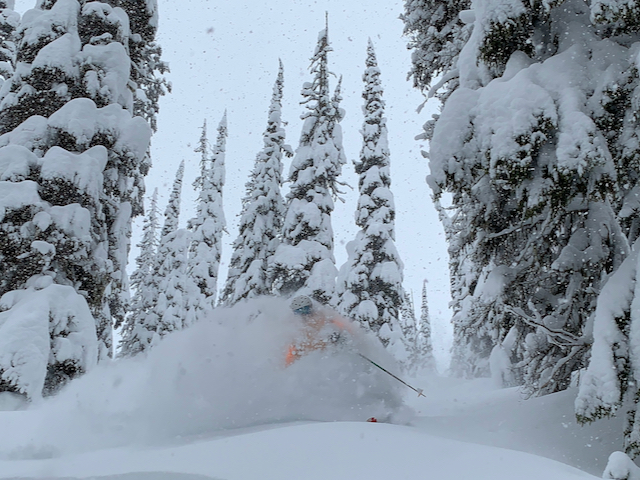Terrain Tip No. 2: Be Wary of Wind’s Ways
Wind flow over mountainous terrain is arguably the most important driver of both snowpack variation and avalanche formation. When we discuss avalanche terrain near treeline and in the alpine, exposure to wind and sun are the primary factors.
Each weather system moves with a unique pattern, resulting in varied wind direction and speed, as well as varied precipitation intensity and duration. This wind flow combines with local terrain features and snowfall to create a dizzying complexity of scoured or wind-crusted slopes, corniced ridges and lee-slope deposits, and a layered snowpack of varying density and distribution.
To survive all this uncertainty, we need to watch and learn.
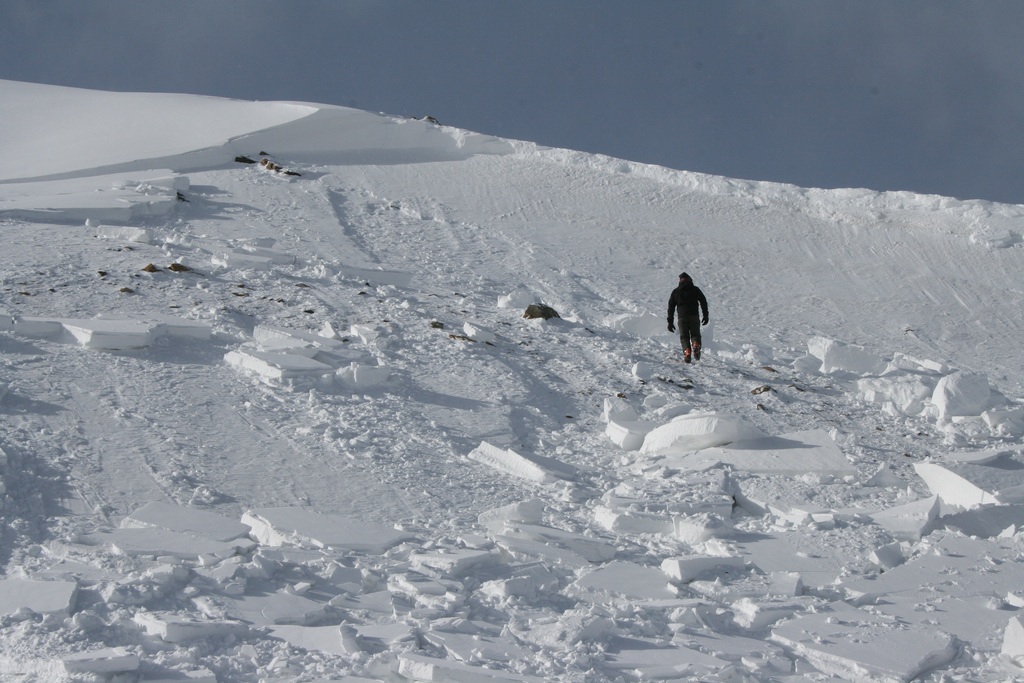
The Avalanche Handbook succinctly states, “Given an adequate incline, slopes that collect drifting snow are most likely to produce avalanches.” Most of us think of the leeward slopes (below cornices, just below ridges, and the entrances of couloirs) as the most likely locale for windslabs. And we’re not wrong. But windslabs can also form lower on the slope, below convexities, or near slope-parallel ridges and other features that protrude from the surrounding terrain.
The more time we spend observing and remembering what these wind-exposed slopes look like before, during, and after a snowfall and wind event, the better we will understand what terrain we will want to avoid. When it comes to wind’s effect on snow-covered terrain, expertise is synonymous with long-term local experience.
